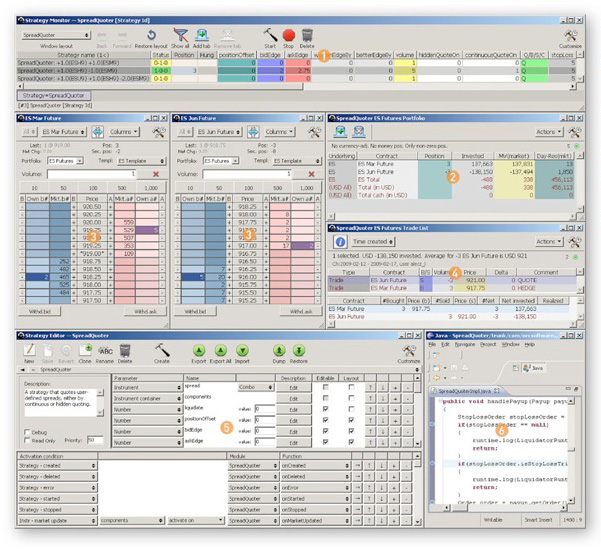

In an interest rate swap, the parties concerned simply swap fixed interest payments for floating-rate payments (or floating rate for floating rate). Financial Instruments – Interest Rate SwapĪ common kind of fixed income derivative is interest rate swaps. Examples of equity-based financial instruments are common stocks, preferred stocks, convertible debentures, spot foreign exchange, currency futures, and swaps. A forward contract is a customized contract between two parties to purchase or sell an asset at some specified price (decided in the present) at a future date.įinancial Instruments can also be categorized according to asset classes – such as debt-based financial instruments and equity-based financial instruments.Įxamples of debt-based financial instruments are US Treasuries and commercial paper, deposits, certificates of deposit, mortgages, short-term interest futures, bonds, loans, bond futures, interest rate swaps, etc. There are four basic types of derivatives – Forward Contracts, Futures Contracts, Options Contracts, and Swaps. Derivatives can either be exchange-traded or over-the-counter (OTC) derivatives. Basically, the value of these types of instruments is determined from the underlying assets such as those mentioned above.

In the derivatives category, under the fixed income sub-category, a common type of derivative is the interest rate swap – here two parties simply swap fixed interest payments for floating-rate paymentsĬash Instruments: these are financial instruments (securities, loans, and deposits) whose value can be determined directly from the markets and securities that can be transferred readily.įoreign Exchange Instruments: these financial instruments are in the form of cash (spot exchange rate) and in the form of exchange-traded derivatives, currency swaps and futures, and foreign exchange options, and outright forwards.ĭerivative Instruments: is a financial instrument whose value changes in response to the change in a specified interest rate, stock price, bond price, commodity price, foreign exchange rate, etc.They can also be categorized according to asset classes – debt or equity-based financial instruments.Financial instruments are typical of three types – cash, foreign exchange, and derivatives instruments.


 0 kommentar(er)
0 kommentar(er)
